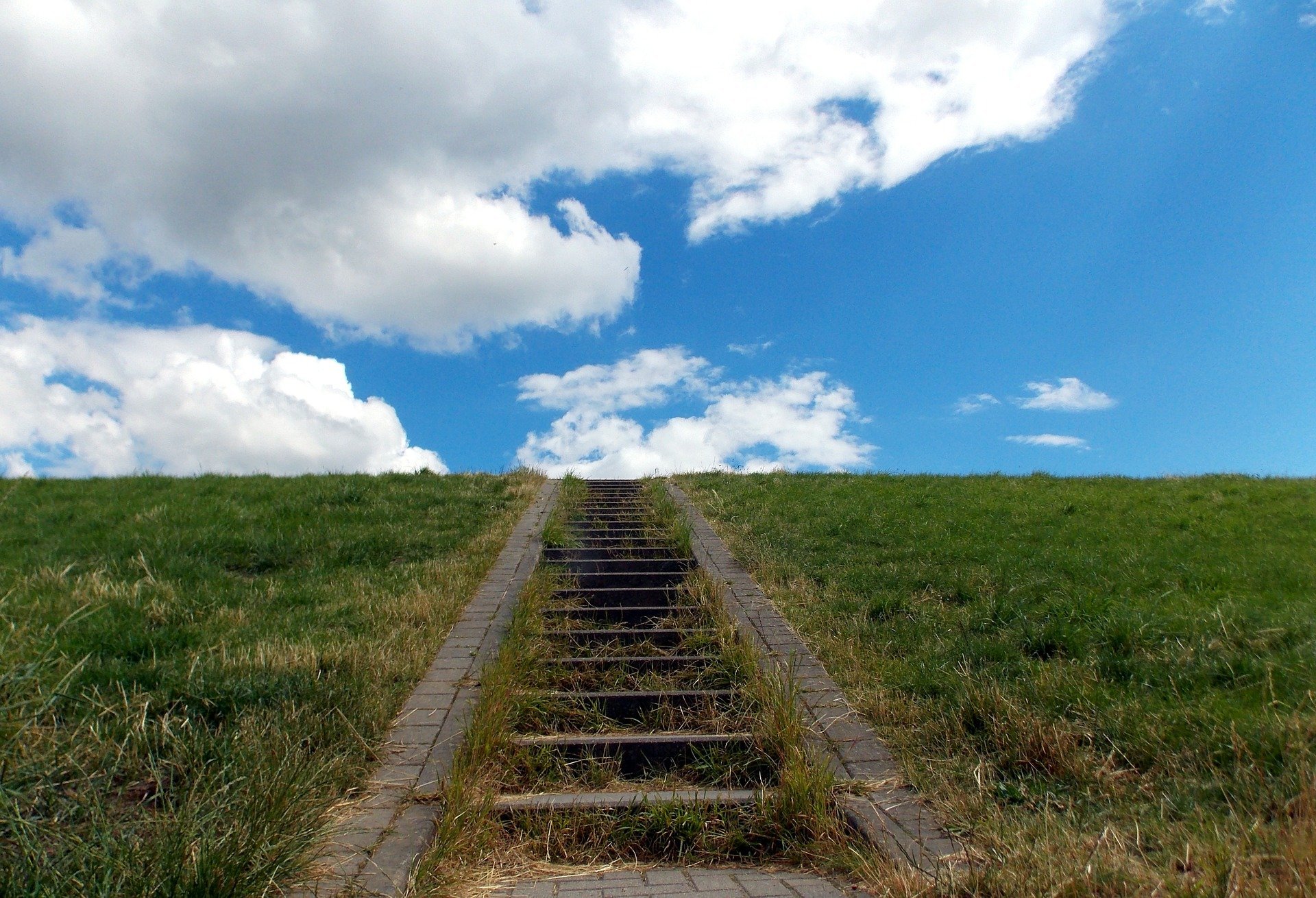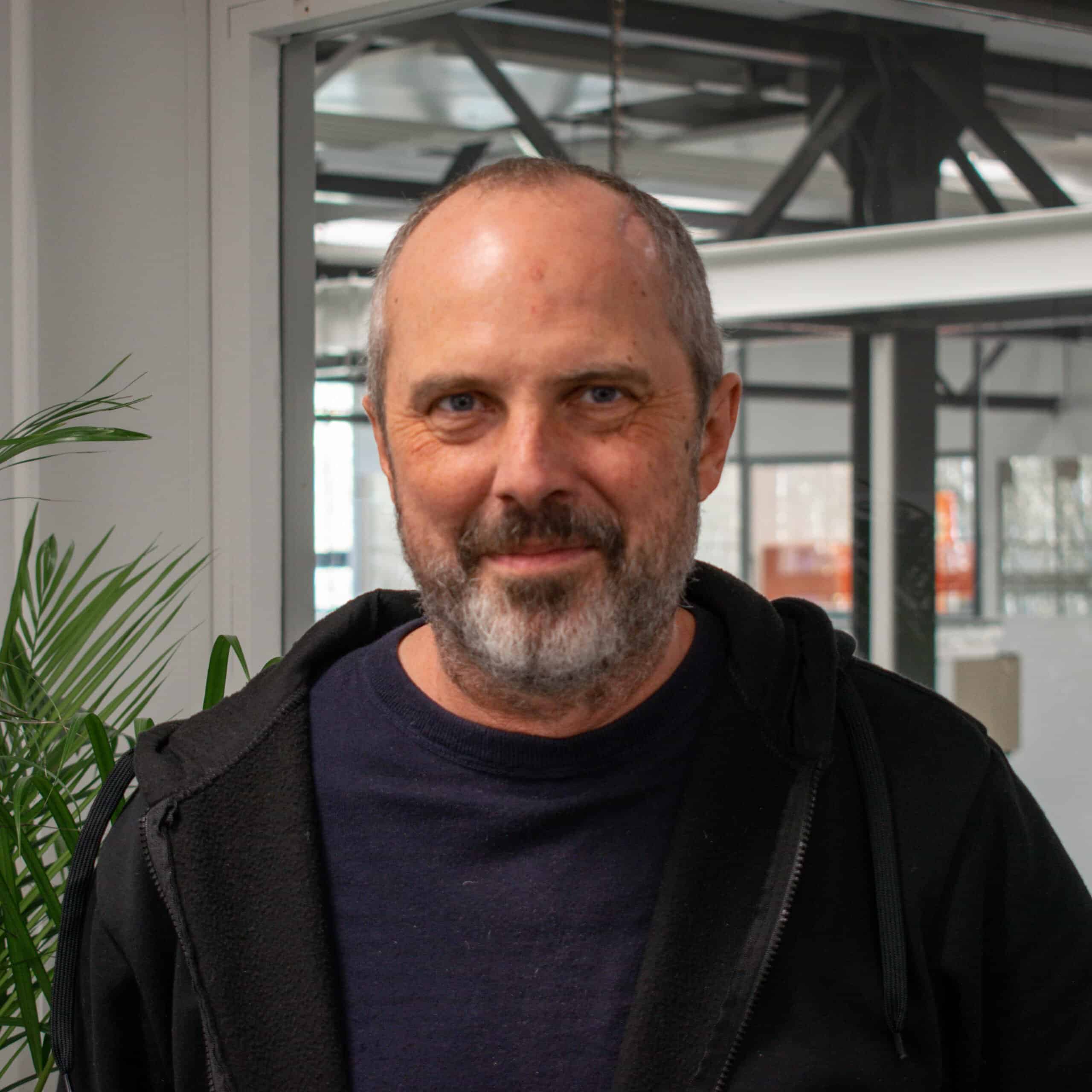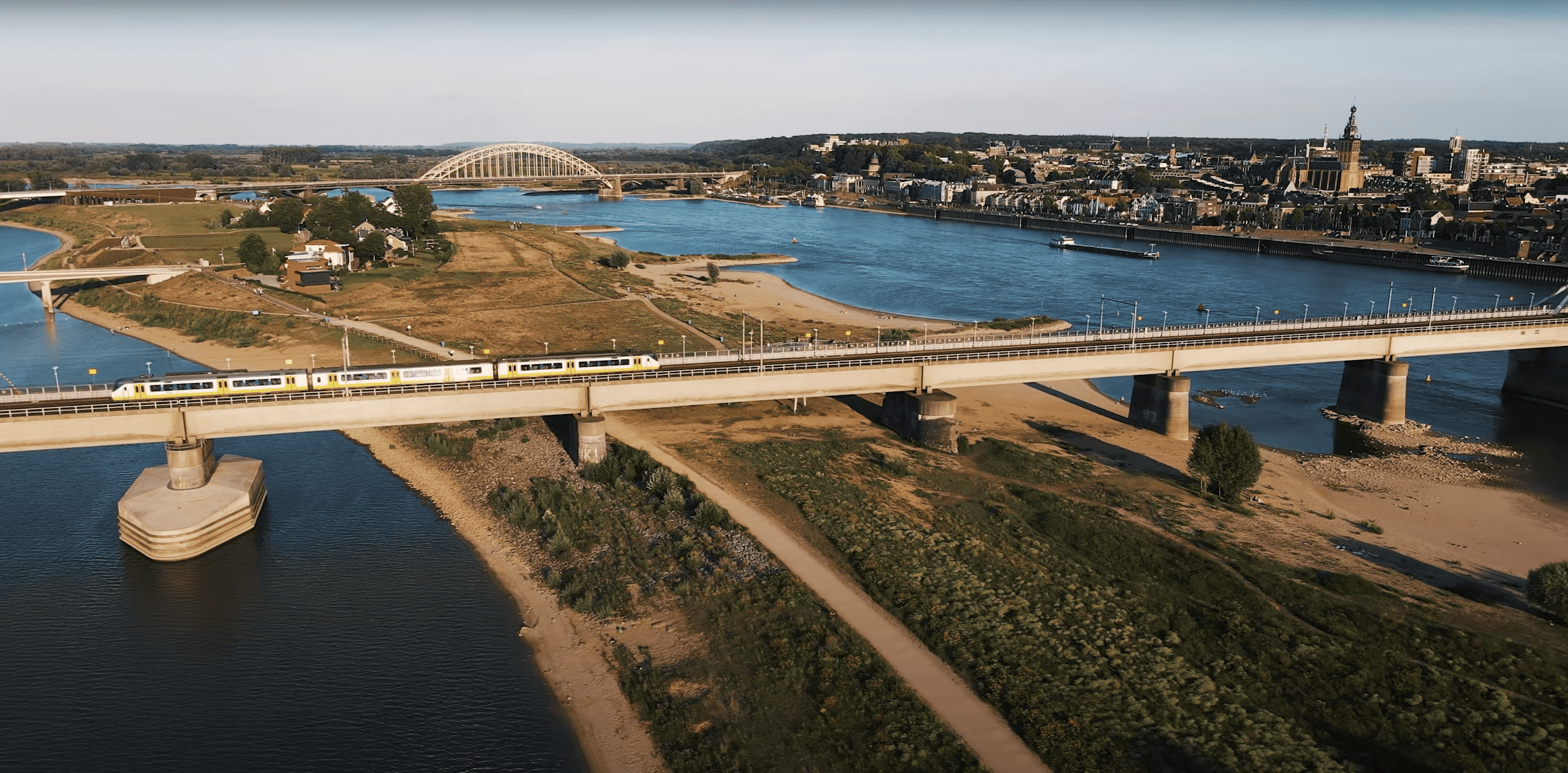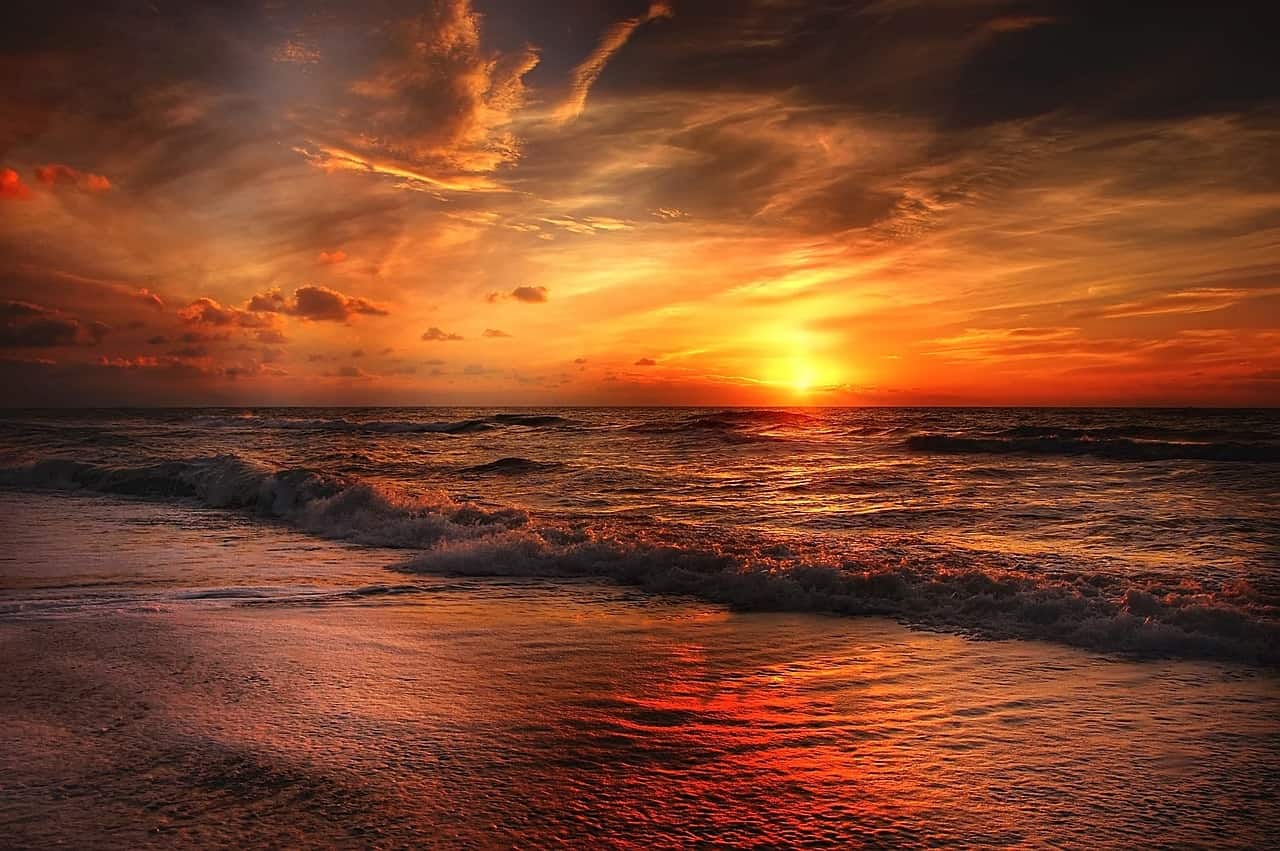
A new 20-meter high and 3.5-kilometer wide sea dike, to be constructed 25 kilometers from the existing coastline, is considered a realistic scenario that could protect the Netherlands from rising sea levels. According to engineers who are involved in discussing the recalibration of the Delta Programme, construction of a new dike in 2026 – from Den Helder to Walcheren – will cost some €80 billion. But it would protect our country from flooding for centuries. The plan should be completed in phases by 2060 at the latest and is to be implemented in phases.

According to most of the calculations, it is estimated that sea levels could rise by 2 to 3 meters this century. And over the next century as much as 8 meters. All under the influence of global warming. Drastic measures are therefore necessary if the Netherlands is to avoid flooding. Engineer Dick Butijn of the Haakse Zeedijk advisory group, as the new coastal protection network is called, presents his plan today in a piece submitted to Innovation Origins. In his opinion, the Dutch Sea Level Rise Knowledge Programme, which advises the government on the flood defense policy that needs to be pursued, is based on four scenarios. Scenario 1 is ‘going with the flow‘ and basically boils down to the fact that the Netherlands will be submerged to a great extent. Scenario 2 is ‘protect,‘ by e.g. raising river embankments and dams. Then scenario 3 also foresees closing off the rivers and placing large pumps near the coast to pump any overflow. In scenario 4, the Netherlands would go seawards. A dike is constructed in the sea and the existing rivers flow into large-scale freshwater basins.
Butijn believes that the Netherlands will have to be the first to adapt when the sea level rises, “as we have large rivers running through the lowest stretch of land in Europe, with all the risk that entails. In that respect, we can be the leaders in Europe when it comes to defining a flood protection strategy. So, if we opt for a dike off the coastline (scenario 4), it is likely that other countries will follow suit. Consequently, European consultation will become even more important.”
Read the article by Butijn here. He devised this plan together with engineer Rob van den Haak, who passed away in 2019.



